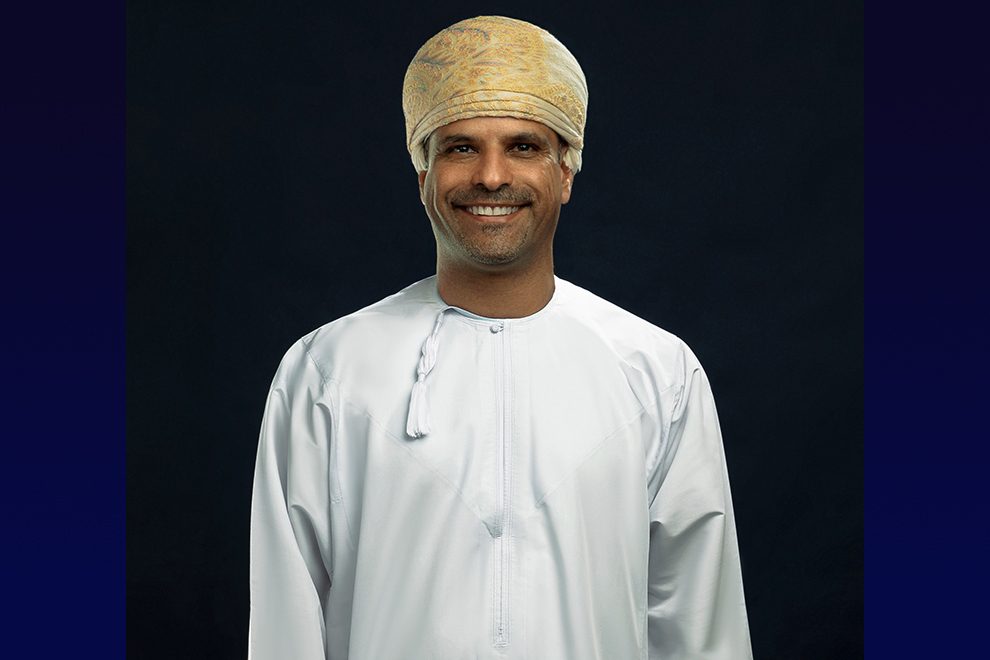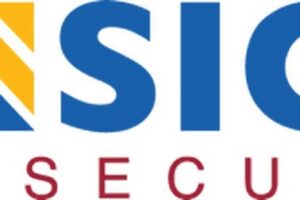Dr.Ali Al Hashmi, General Manager of Networks at Omantel speaks with Teletimes in exclusive interview at MWC Barcelona
Khalid Athar: Please tell us about your experience and your current role at Omantel.
Dr. Ali: I have more than 23 years experience in the telecom sector. I started in ‘99 January as a technician, as a field guy in maintenance. Then I moved to operations and I worked in many departments in operations for wireless transmission. After that I moved from maintenance operation into project management and moved into network planning after being a project manager for quite some time. Now, I’m mainly responsible for the network planning and some of the areas I look after include backbone fibers, the network core virtualization, the access networks – FTTH plus the wireless access including 5G and 4G among other things.
Khalid Athar: Leading the planning and operations for a major telecommunications operator, what are the major challenges that you face?
Dr. Ali: Oman is a very large country; it’s like almost twice as big as UK in terms of area, but the population is only 4 million. The main challenge is that people are very scattered. Furthermore, this is also a difficult geographical terrain. You have mountains, you have wadis, you have deserts, and then maybe somewhere you have two houses on top of the mountain and other houses down in the wadi. Providing telecommunication services to a variety of people or crossing of those geographic is one of the key challenges. I think 5g came as a solution to provide broadband to those people that couldn’t be reached by fiber or copper. The challenge here is on the cost. Normally whenever you’re deploying any new technology, the TCO (Total Cost of Ownership) is very important, which is why you will find that telecommunication services in Oman are very expensive. This factor adds on to our challenges as we try to support the government in meeting the vision of 2040 which is specifically focused on the infrastructure and logistics and we have to rely on modern technologies like 5G to support it.
Khalid Athar: How do you see the future of 5G in Oman?
Dr. Ali: 5g has a promising future in Oman for the reasons above. We used to have difficulties of providing services to the scattered people. And they are living in difficult-to-reach geographical terrains like mountains. Even in scenarios where its physically possible, the cost of putting fiber in such areas is not feasible. 5G is a very real solution to our challenge. Therefore the future of 5G is big in Oman, and 5G will be the main enabler of Oman’s Digital Transformation to support the 2040 vision of the government. We are already working towards that vision collaborating with enterprises for example in logistics, we are already working with some seaports providing them various solutions and I am highlighting this because we have global examples of whenever automated systems are used in the ports, systems which reduce the need for human input such as the automation of cranes, it usually increases the performance of the seaports quite significantly. Where, traditionally, a port could be providing 3 to 4 day wait times to different ships, these times could come down to a single day with automated solutions.
Khalid Athar: Have you deployed any use cases with the seaports? Which other areas are you focusing on?
Dr. Ali: We have already commercialized one customer with a lot of use cases. In Oman, we have three main ports, the Sohar port, the Salalah port and the Duqm port. We already have projects in the Sohar port and we are continuing to add on projects in line with the best global standards including use cases like crane managements and automation. Besides that, we are now approaching Salalah port and Duqm port. The idea is to fully automate the ports like some other countries which significantly increases the productivity and efficiency. This is the first area of focus. Another area we are exploring is the Oil & Gas sector. As Oman and other neighboring countries are driven by this sector, we are focusing on this with some ongoing POCs with some of the oil companies. In addition to that, we also looking at the fishery industry. We are talking to the main players about how to support them and we started talking to the agriculture players like big farms owned by the government or invested in by the government discussing how to support them with use cases like drones which removes the need for manual inspections. We also have irrigation use cases and we started talking to one of the big farms about how to monitor the irrigation system with them. Overall, we are moving very fast and we see that 5G is really an enabler of digital transformation and hopefully we’ll see more use cases to come.
Khalid Athar: Would you like to shed some light on the role Huawei is playing in supporting your digital transformation and future business?
Dr. Ali: We have been active on 5G with a very early start and we have been using a lot of Huawei products for a very long time now. For us, Huawei is not like a vendor but just like a partner. And as a partner well invested in R&D, we considering them seriously in our technology roadmap. We count on them for understanding what’s coming in the future, where are things heading and where can our network best benefit. This is especially the case for 5G where we have a good collaboration. In our partnership with Huawei, it’s not like we are dealing like a vendor and client – we are working truly like partners. Huawei supports on many things, including some of the things we have been talking about at MWC Barcelona. For example, the customer experience management, it’s something going beyond just the network – and this is important because the customer doesn’t care about what you’re doing behind the network. The customer is caring about his experience in using the services. So, we start expanding from monitoring the network, to monitoring the services. But then we have to go one more level, which is the customer experience of using particular apps or particular services, and how to improve the quality of those services. We ended up even creating part of this platform with Huawei. We combine the customer experience with the network performance and customer experience is now becoming the key thing. It’s a matter of you retaining the customer, even if you have very innovative technology, if the customer is not experiencing, he will leave you as he has an option. The only thing is how to maintain the customer and focusing on what he’s looking for in the experience. A key reference in this type of monitoring is the Customer Experience Index which accounts for many complex data points that refer to the level of experience in certain activities such as watching a video. This is where a partner like Huawei matters as they bring in digitalization and automation, using Artificial Intelligence to understand the patterns and data points which can be too difficult to manage otherwise. Through such partnerships, we are able to better understand and improve on our customer’s experiences.












